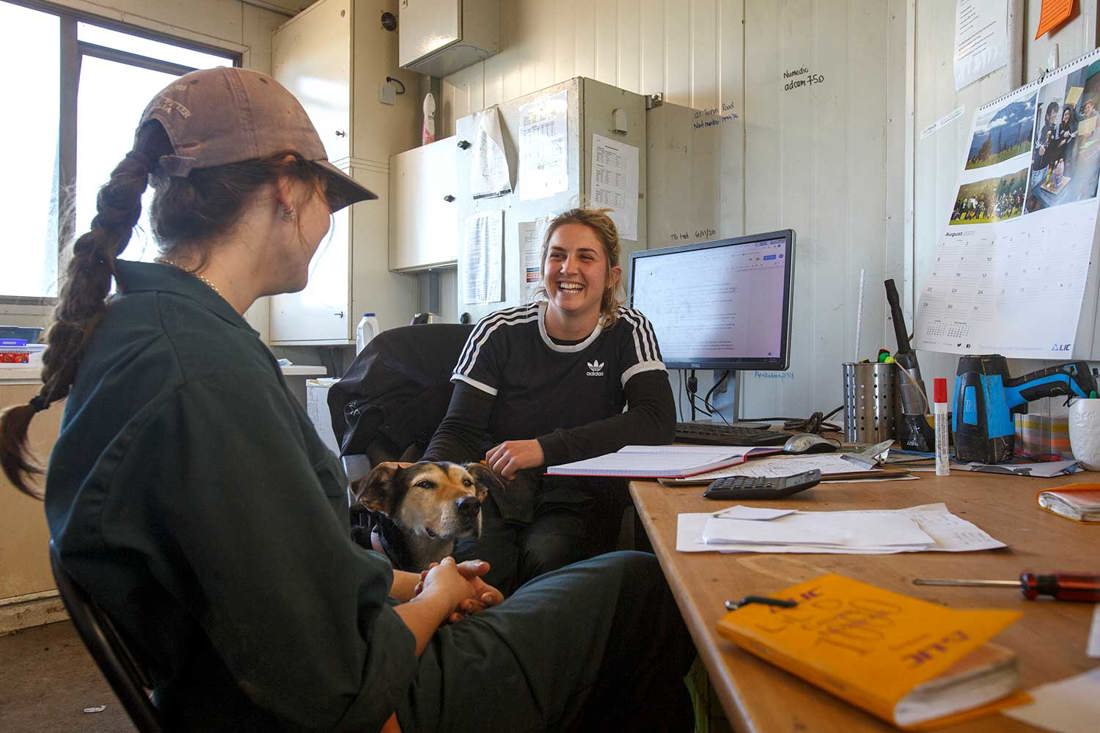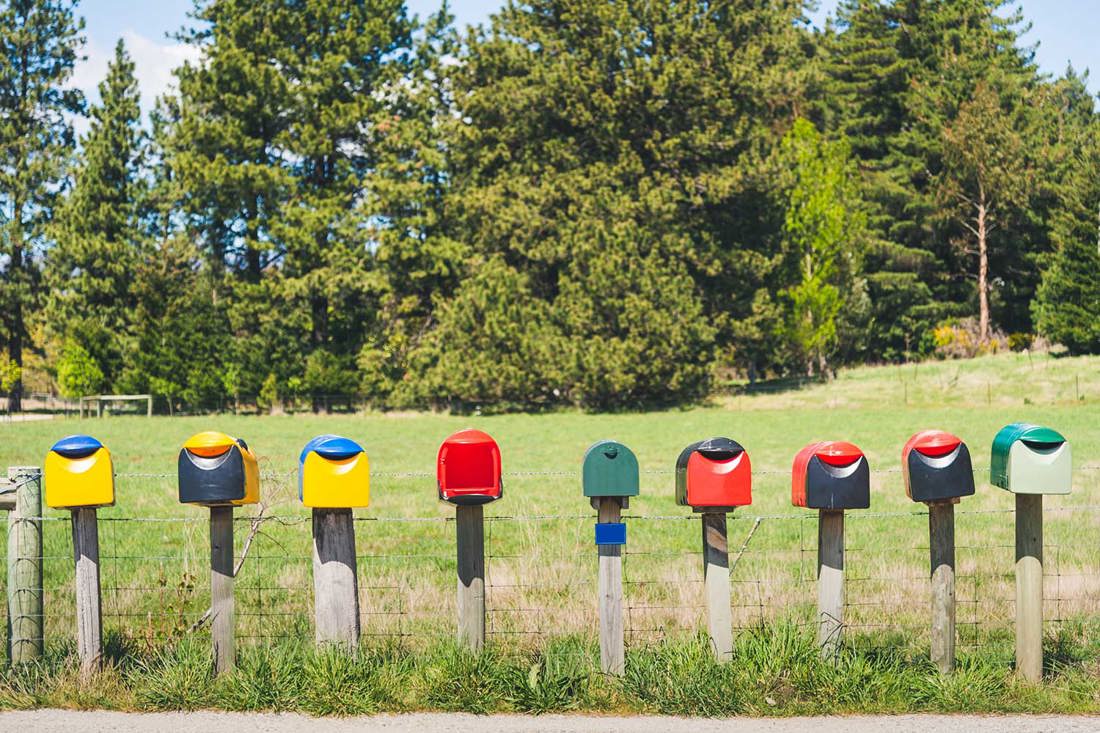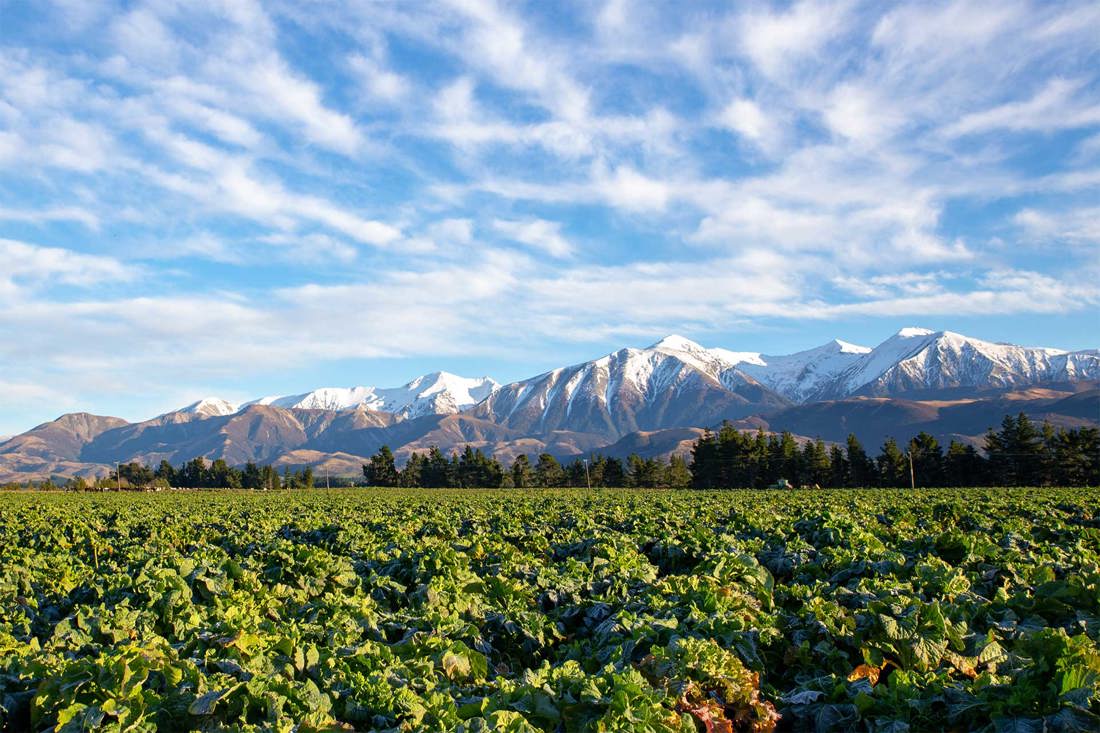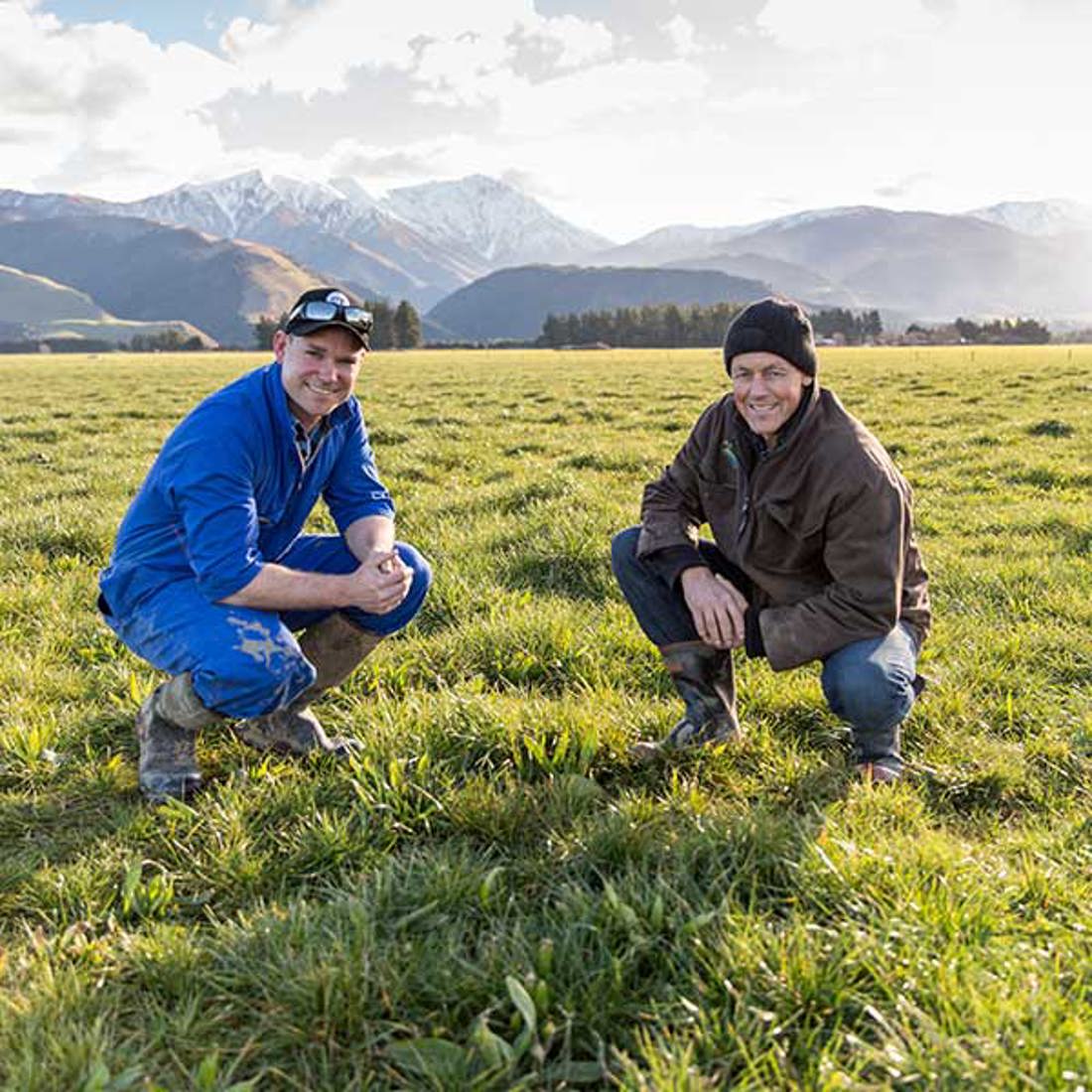As we approach a new season, evaluating your farm’s performance and making informed decisions now will drive long-term business resilience and optimise the upcoming season.
Assessing your business, setting up a high-performing team, evaluating milking strategies and preparing for calving are all key actions to enhance productivity and profitability.

Driving business performance
Evaluating business performance and budgets at the end of the season will help you set future-focused goals that enhance profitability and resilience.
Key metrics to focus on that drive profitability are operating profit/ha, return on assets and operating expenses/kgMS. Use the final 24/25 payout figures from your dairy company and the estimates for the coming season to update your budget.
Get started with our budget templates, including the annual cash budget, and monthly cashflow budget.
Feed budgeting
A feed budget helps maximise productivity and profitability by accurately allocating feed.
Use our Simple Feed Budget to assess your current situation and guide decisions over the coming days, weeks and months. It helps you estimate expected demand and supply to identify any feed deficits so you can determine how much to reduce feed demand, through removing stock or drying off cows, and/or increase supply by bringing in feed.
To calculate feed supply and demand over 12 months, use our feed budget templates


Supporting a high-performing team
A well supported, high performing team drives farm profitability and resilience, through enhanced productivity, increased staff retention and improved team culture and wellbeing.
Investing in your team’s development and wellbeing now will ensure they are ready for the 25/26 season. Support your team to use any existing leave prior to calving so they’re recharged for the busy period ahead. Clear communication through regular staff meetings helps everyone understand their role and expectations.
When onboarding new staff, involve your team in their training plan, prioritising essential winter skills. Look for industry training opportunities on our events page and through vets.
Impacts of once-a-day milking in early lactation
Choosing the right milking strategy depends on your farm goals and system. Understanding different options can help you make the right decision for your herd and business.
If you’re looking to ease the workload through calving or improve cow health heading into mating, now is the time to assess whether OAD milking in early lactation could work for you.
What's the trade-off?
- 1-2% less kgMS for the season if OAD is used for 3 weeks from planned start of calving.
- 3-5% less kgMS if used for 6 weeks from planned start of calving.
Make an informed decision about your farm this season; visit our OAD milking in early lactation webpage.


Feed management for a successful calving
A well-prepared herd sets the foundation for a smooth and productive calving season. Ensure cows are fed appropriately to meet body condition score (BCS) targets – 5.5 for first and second calvers, and 5 for mixed-age cows. Supplement with magnesium 2-4 weeks before calving, and provide calcium (limeflour) to colostrum and milking cows for up to four months post-calving to support metabolic balance and milk production.
Tailor feeding to BCS
- Cows below target BCS should receive 100% of their maintenance feed (kgDM).
- Cows at or above target BCS should receive 90% of maintenance feed levels (kgDM) from 2-3 weeks before calving.
Choose calving paddocks carefully – avoid those recently treated with effluent or capital fertilizer, as high potassium levels can increase the risk of milk fever.
Set your herd up for success this season. Learn more on our transition cows page.
Moving day preparation
With moving day approaching on 1 June, it’s important to plan ahead to manage biosecurity risks effectively when moving stock, people, and machinery.
- Create or check your biosecurity plan for moving stock to a new farm or bringing stock onto the property.
- Update NAIT records to ensure accurate tracking of stock movements.
- Check pre-movement testing requirements, such as TB, BVD, or Johne's testing, to avoid delays and minimise risk.
- Plan ahead for stock purchase, using our pre-purchase checklist to assess biosecurity risks.

Additional tools and resources for winter
Explore more tools and resources to help you navigate through a successful winter
-
Setting up for winter
Early preparation of your winter grazing paddocks minimises sediment loss and movement. Use back fences and portable troughs to reduce soil damage by limiting unnecessary cow movement.
-
Winter pasture management
Managing high-quality pasture during feed surplus periods is a crucial skill in pasture management.
-
Cow care in winter
Winter preparation for cows is key to their health and productivity. Ensure they're in good condition, as fat acts as insulation.

